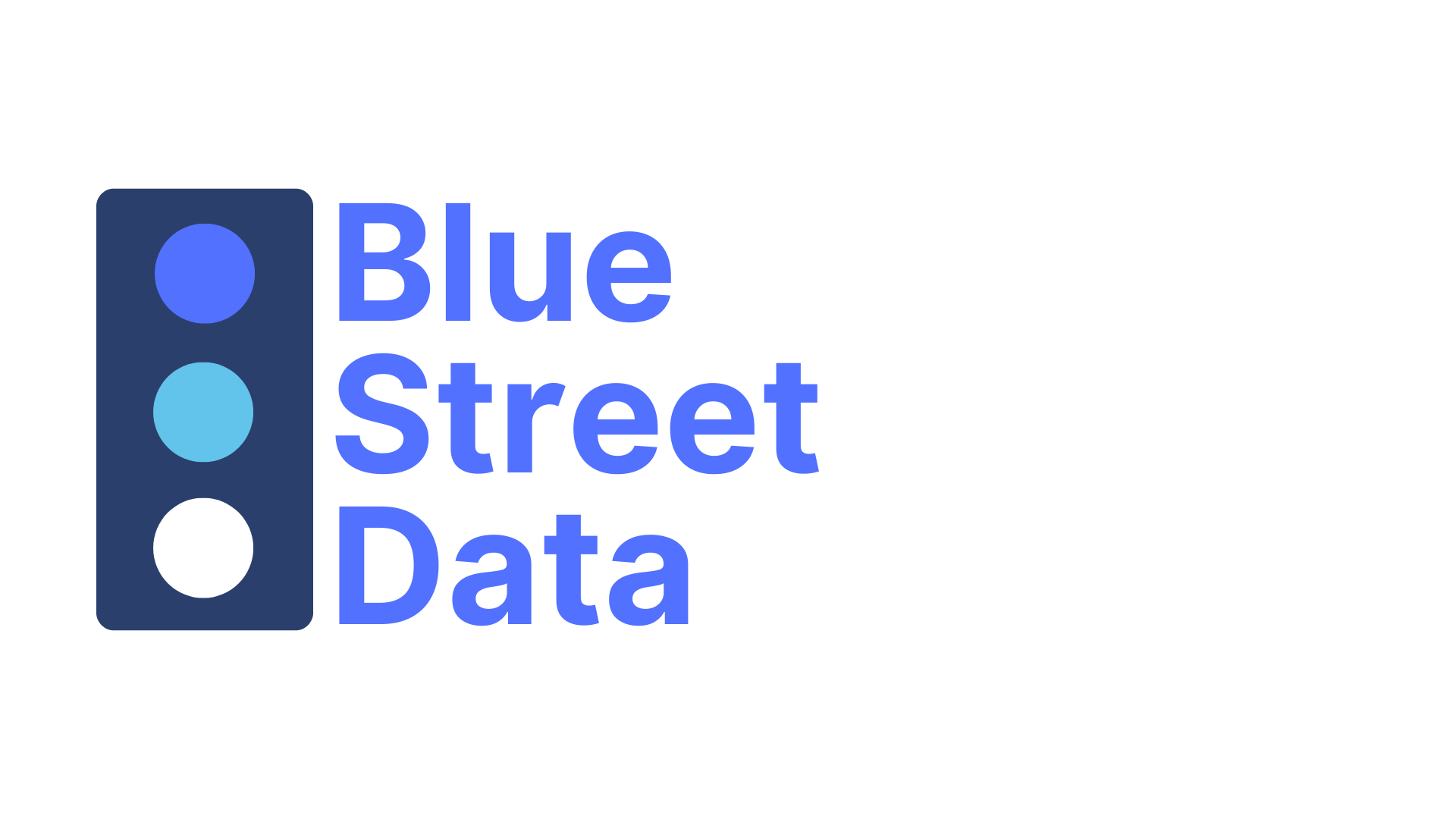For financial institutions, pricing is often based on guesswork or legacy models. But with real-time data on customer behavior, market demand, and competitor movements, pricing can become a powerful lever for profit—not just a fixed number.
🧠 According to McKinsey, improving pricing by just 1% can increase profits by 11% on average.
Why External Data Makes Pricing Smarter
By combining internal sales data with third-party insights, financial institutions can:
✅ Optimize prices based on actual demand and customer willingness to pay
✅ Anticipate competitor moves with external pricing benchmarks
✅ Adjust pricing dynamically in response to market trends
✅ Improve margins while boosting customer acquisition
✅ Align product pricing with evolving consumer behavior
How It Works
🔹 Use regression models to predict optimal pricing across customer segments
🔹 Apply cluster analysis to group similar products and customers for tiered pricing
🔹 Integrate social sentiment and market trends to respond to changing preferences
🔹 Leverage competitor and industry benchmarks to stay competitive while protecting margins
Real-World Impact: Capital One’s Data-Driven Pricing Edge
Capital One uses social media and behavioral data alongside internal sales insights to fine-tune its pricing strategies. This lets them stay competitive while adapting to consumer expectations and market shifts.
📩 Want to unlock hidden revenue through better pricing?
Let’s talk about how Blue Street Data can connect you with the external data that makes dynamic pricing possible.
👉 Talk to a Data Expert
—
